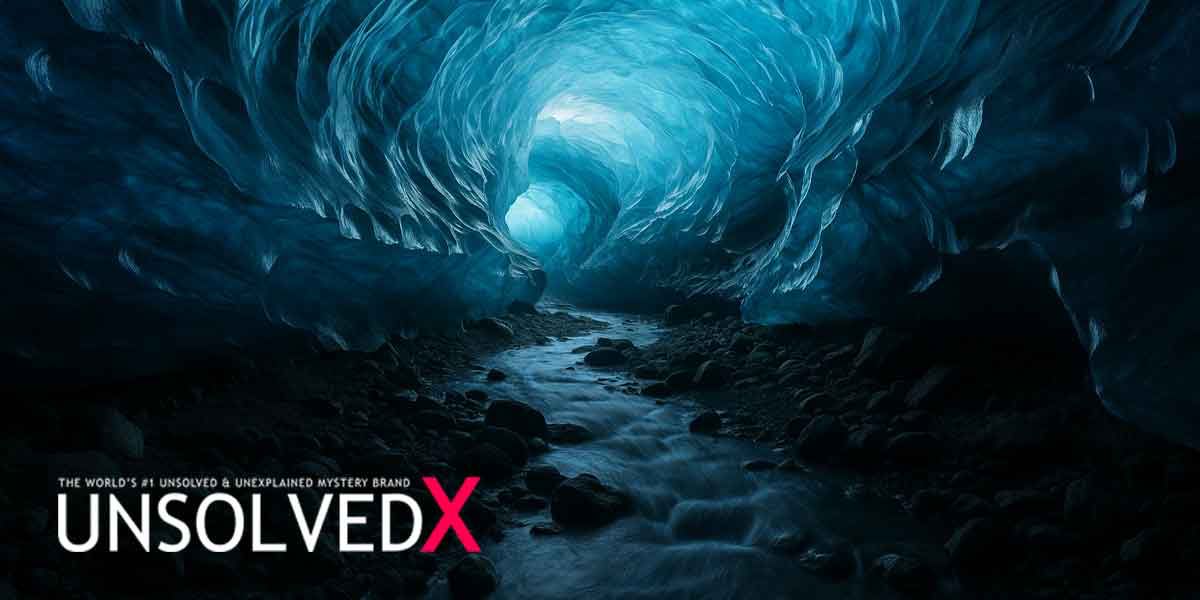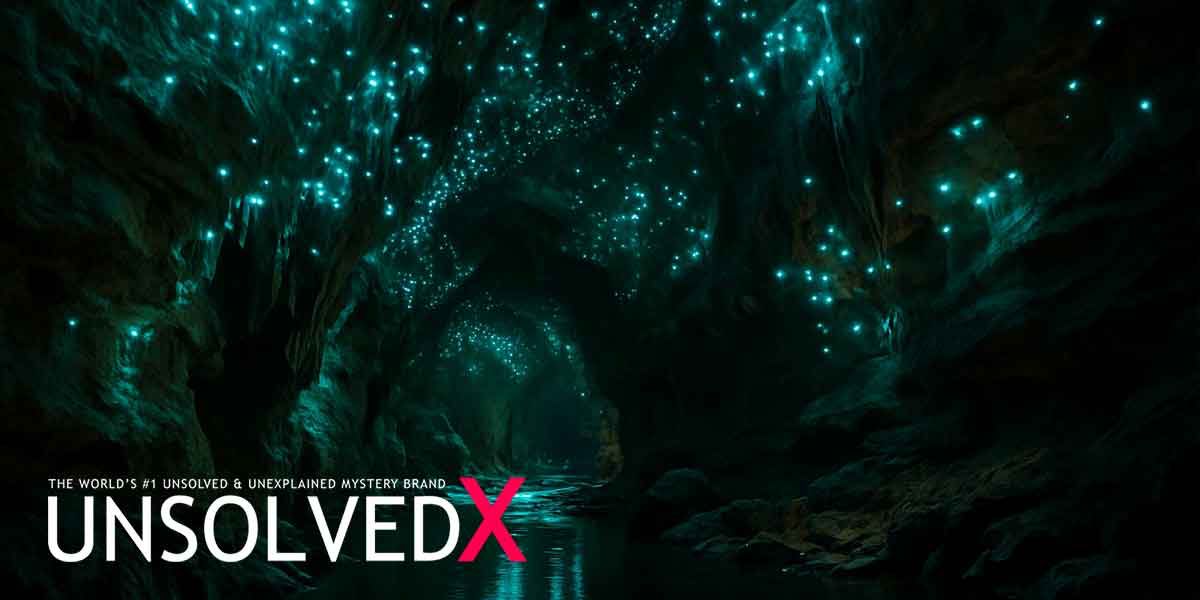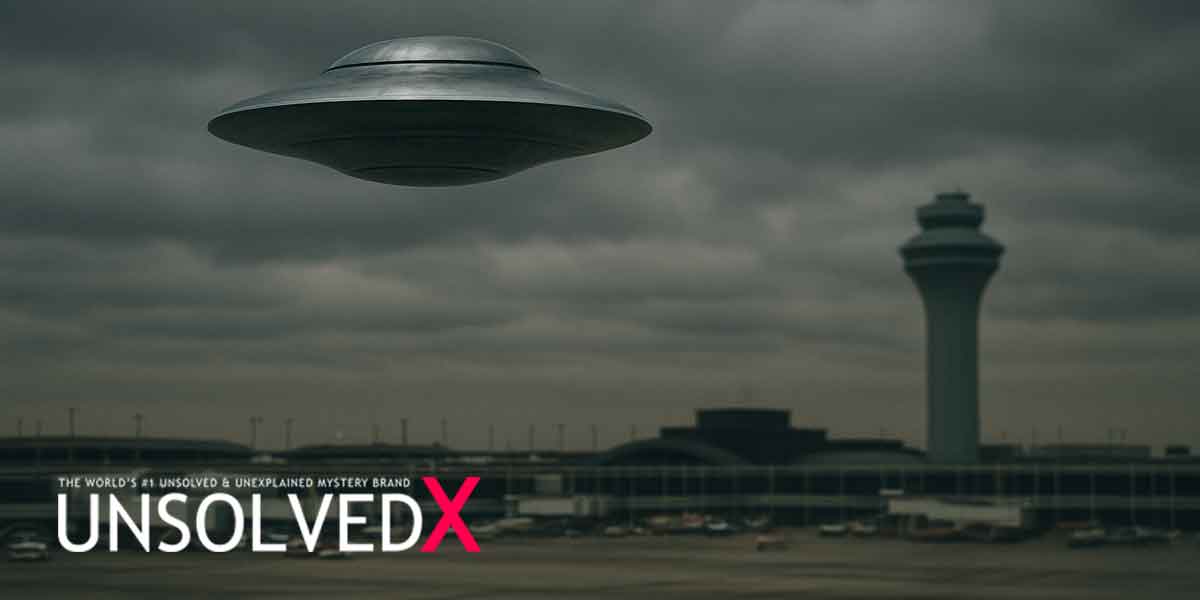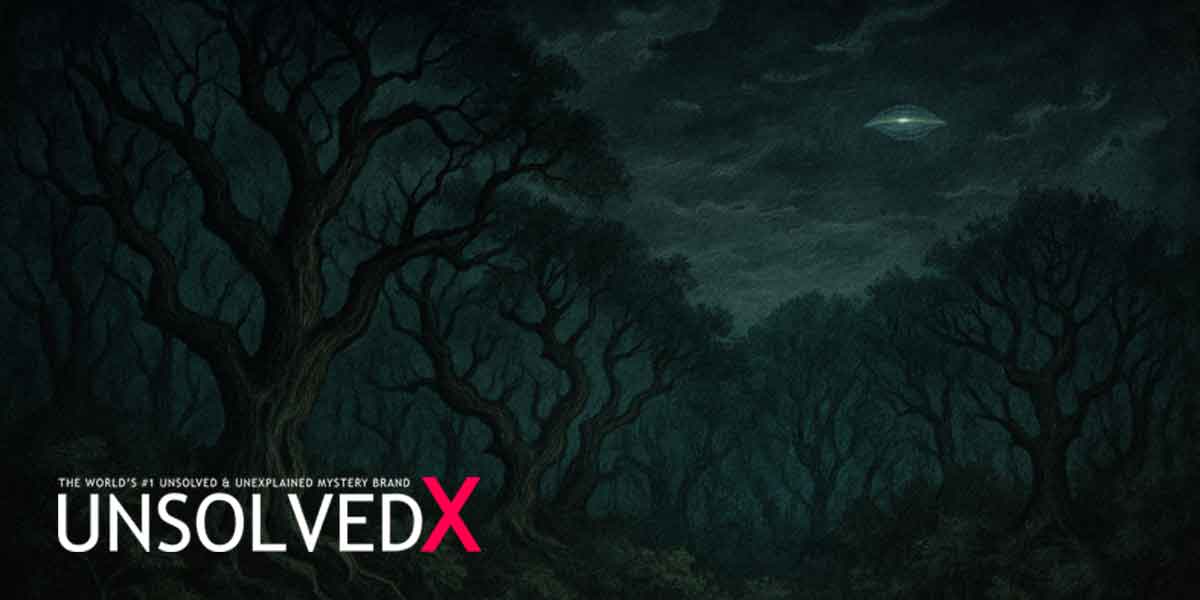The Vanished Ship of the 1715 Fleet
In July 1715, a fleet of eleven Spanish treasure ships sailed from Havana, laden with gold, silver, and emeralds bound for Spain. Ten of these ships have been found, their wrecks scattered along Florida’s Treasure Coast, but the San Miguel remains elusive, its fate sealed by a ferocious hurricane. Historical records from the Archivo General de Indias in Seville describe the San Miguel as a swift, lightly armed vessel, possibly carrying a significant portion of the fleet’s wealth—potentially millions in unregistered contraband, as was common among Spanish captains evading royal taxes. Unlike its sister ships, whose remains lie in shallow waters from Sebastian to Fort Pierce, the San Miguel’s last known position places it further north, likely between Fort Pierce and Cape Canaveral, within 2,000 meters of the shoreline.
The 1715 Fleet’s loss is well-documented, with survivors’ accounts detailing the storm’s fury that drove ships onto reefs or sank them outright. The San Miguel, however, left no such trail. Some historians speculate it was separated from the fleet, possibly attempting to outrun the storm, only to founder in deeper waters. Treasure hunter Mel Fisher’s team, renowned for recovering the Nuestra Señora de Atocha from the same era, noted that the San Miguel’s smaller size and northern trajectory make it a unique challenge. Its search area spans roughly 87 square miles, a vast expanse complicated by shifting sands and centuries of sediment, as explored by marine archaeologists at the Florida Division of Historical Resources.
The Treasure and the Treacherous Coast
The San Miguel’s cargo is the stuff of legend—gold coins, silver ingots, and emeralds from Colombian mines, potentially worth over $2 billion today, according to estimates from the 1715 Fleet Society. Unlike the recovered wrecks, which yielded artifacts now displayed at the McLarty Treasure Museum in Vero Beach, the San Miguel’s treasure remains untouched, possibly buried deep beneath the ocean bed. The Treasure Coast’s volatile geology, shaped by storms and currents, could have entombed the wreck under layers of sand, as seen in the 1980s discovery of the Urca de Lima, another 1715 ship found after a storm shifted sediment. This dynamic environment, stretching from Fort Pierce’s peppered beaches to Cape Canaveral’s rocky shores, demands advanced sonar and magnetometers for detection, tools used by salvage teams like those at Queens Jewels LLC.
The region’s proximity to the Bermuda Triangle, a loosely defined area from Miami to Bermuda to Puerto Rico, adds intrigue, though no direct evidence ties the San Miguel to its mysteries. The Triangle’s reputation, fueled by incidents like the 1945 disappearance of Flight 19 off Cape Canaveral, thrives on speculation of paranormal forces. Yet, marine geologist Dr. Robert Ballard, who located the Titanic, attributes such losses to natural hazards like rogue waves or methane gas eruptions, which could explain the San Miguel’s fate. The Florida Museum of Natural History notes that hurricanes, like the one in 1715, often scatter wrecks far from their last known positions, making the San Miguel’s deep-sea resting place plausible.
Chasing the San Miguel’s Secrets
Finding the San Miguel requires grit, technology, and respect for history. The search area—87 square miles within 2,000 meters of shore—demands precision. Teams like those at the Florida Institute of Oceanography use side-scan sonar to map the seabed, but the wreck’s depth, possibly hundreds of feet under sediment, complicates efforts. The 1715 Fleet’s other wrecks, found in 10-50 feet of water, benefited from shallow reefs, but the San Miguel’s northern drift suggests a deeper grave, as theorized by maritime historian Robert F. Marx. Divers must contend with strong currents and low visibility, hazards detailed in logs from the St. Lucie Inlet Preserve State Park, a hub for local treasure hunts.
The San Miguel’s allure extends beyond wealth—it’s a time capsule of colonial Spain, carrying clues to trade, navigation, and survival. Its recovery could rival the Atocha’s 1985 haul, which included 40 tons of silver and 180,000 coins, now valued at $450 million. Aspiring hunters can explore the Treasure Coast’s history at the Mel Fisher Maritime Museum in Sebastian, where 1715 Fleet artifacts are showcased. Legalities matter: Florida’s Division of Historical Resources oversees permits, ensuring finds are reported to preserve heritage. The San Miguel remains a tantalizing enigma, its treasure and story waiting beneath the waves for those bold enough to seek it.










Comments
Comments section coming soon!